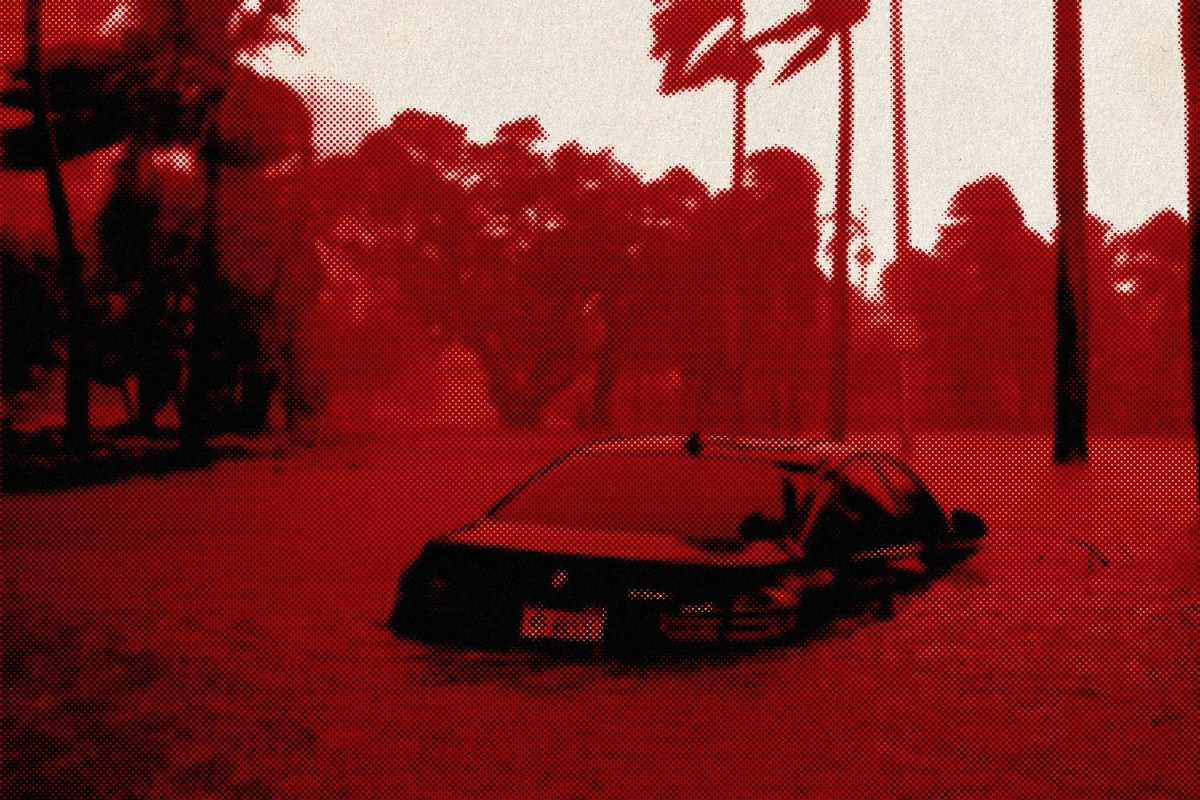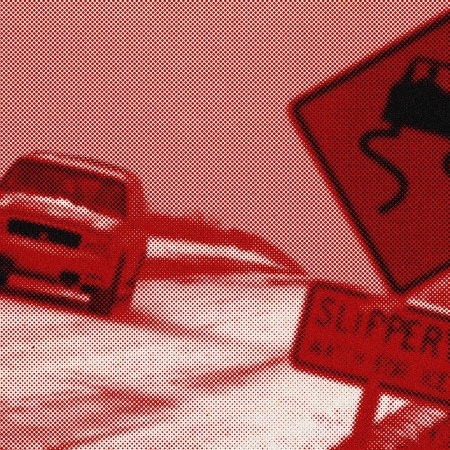When a large amount of water accumulates in a short amount of time (from, say, a thunderstorm), it moves aggressively to low ground. That’s a flash flood.
When you see the water around you rise, it’s best to head to higher ground. Sounds simple enough, right? Knowing just what is considered rising water, though, isn’t.
“Flash floods are tough to predict,” Katie Garrett, National Weather Service Acting Chief of Staff at NOAA, tells us. “If there’s a warning, don’t go out, especially at night.”
They can be caused by any number of things — backed-up sewers, dry ground, a quick rise in water volume, a levee breach, etc. It only takes two feet of water to stall an engine and a few inches more to make your car buoyant enough to be swept away, making flash floods the number-one cause of death in a rainstorm and the primary motivator for the National Weather Service’s Turn Around Don’t Drown campaign.
So what do you need to know?
What to look out for:
The first step is taking note of floodplain areas, whether you live in one or are traveling through one. Many flat, arid parts of the American southwest, for example — from Joshua Tree to the many National and State Parks in Arizona and Southern Utah — are prone to flash-flooding during the spring monsoon season. If you’re on foot and see a trickle building or culverts puddling, it’s time to make like a Chili Pepper and get to higher ground, fast. Once you get there, call for help and stay put. Don’t try to cross flood waters, as the current could sweep you off your feet faster than you’d realize.
What to do if you’re in the car:
If you’re driving in heavy rain and groundwater levels are trending in the wrong direction (i.e., you see puddles one minute and washed-out culverts the next), turn around. “If you’re in your car, you’re approaching it quickly and a little water on the road can be deceiving,” explains Garrett. “There could be a hole that you don’t see.” Also avoid streets covered in water, even if you’re in an SUV.
What to do after you’ve turned around:
Garrett recommends having a communication plan in place with your loved ones. “This way if you’re on the way home and your route is blocked, you can stay connected with the folks at home.” It also helps to know high elevation routes in your neighborhood and beyond, too.
What to do if you get caught:
“You’re at the mercy of the water,” says Garrett. Translation: You’re in trouble. Your best bet is to get on the roof of your car and pray for a helicopter to find you. Tempting as it may seem, don’t try to swim to shore — you’ll likely drown in the powerful and unpredictable currents. Sit tight.
Note: This pertains to experiencing a flash flood while in transit. For a comprehensive list of flood preparedness for the home, read what the United States Search and Rescue Task Force says.
Whether you’re looking to get into shape, or just get out of a funk, The Charge has got you covered. Sign up for our new wellness newsletter today.
























